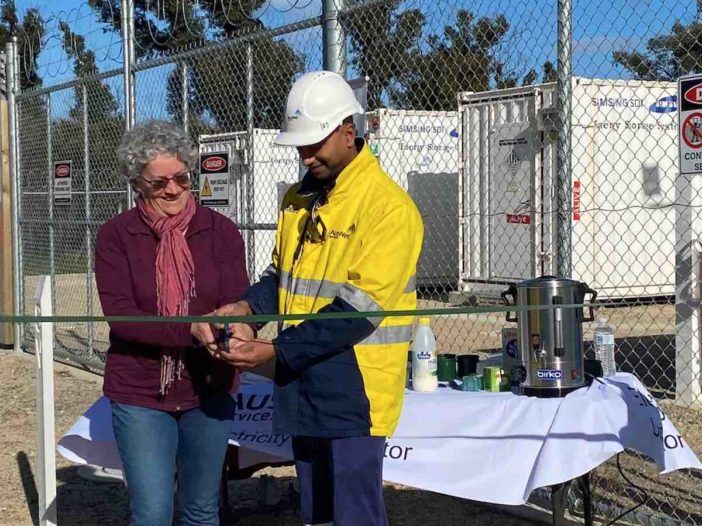Flexible rooftop solar exports could become an option for South Australian households within months, after a trial successfully showed that virtual power plant participants were able to export more than the 5kW limit in that state, without compromising the stability of the grid.
Flexible solar exports – that is, the ability to set export limits dynamically, according to the local conditions and at a point in time – hold promise as one way to manage the huge growth in rooftop solar systems across Australia.
Currently, the problem of solar-congested grids is largely dealt with through the use of network-set limits on the amount of solar any one rooftop system can export. In worst-case scenarios, some households are prevented from exporting solar at all.
A 21-month, 1000 solar and battery household trial led by the state’s monopoly distribution company SA Power Networks in partnership with Tesla and CSIRO successfully increased rooftop solar output beyond the normal 5kW per-site limit, safely and without breaching local network constraints, while also increasing the VPP’s total export capacity from 5MW to an average of 6-8MW during solar hours.
“By continually adapting to the changing condition of the local network, each VPP participating site was able to export more power to the grid than if operating on the standard fixed 5kW per phase limit, significantly increasing the VPP’s ability to trade in the energy market and provide valuable frequency balancing services to the grid,” said Mark Vincent, SAPN’s general manager of strategy and transformation.
“This will increase the opportunity for customers’ DER to help the overall system run more efficiently, and also deliver more community value from existing network assets, helping to keep prices lower for all.”
